|
Robin, most definitely not walking. “Help! My puppy won’t go for a walk! He goes like three steps and then he stops and sniffs or won’t move, then he bites the leash. What's wrong with my puppy?” The answer is simple...but the problem is more complex. You can explain the mechanics of how to teach loose leash walking any way you like, the real trouble is that the puppy owner and the puppy are often at odds as to what a “walk” means to them, and that disagreement is firmly rooted in evolution.
6 Comments
There is a terrifying (for the breeder) phenomenon that, to my knowledge, is unreported in the scientific literature yet not uncommon in transitional-aged puppies. And that is, “extreme” reactions to handling and/or spontaneous screaming in that 2–4-week-old age range. It’s something that breeders regularly write in about and are very alarmed by, so I want to explain what it is, why we think it happens, what you can do about it, and the likely outcome for these “screamers.”
2022 Update: In our new course on puppy rearing for breeders (From Newborn to New Home), we have been seen a HUGE interest in more information about weaning. We've had some amazing discussions on the subject and the commonality that we have seen is that there is no "one right way or time" to wean puppies. We'll be presenting more on this, but, for now, this article I wrote on weaning is very much on point and something that everyone should take to heart...there is never one right thing to do, but there is always A right thing to do. And that is, do what the puppies (and the dam) are asking for! ******************** There is a thought floating around out there that puppies "need to stay with their mother" until 8 weeks old. Not sure where that particular bit of lore originated, but it continues to be the cause of much misunderstanding. And the misunderstanding can be damaging. Breeders get shamed for separating bitches from their puppies or they try to compel their bitches to stay with the puppies for an amount of time that is unreasonable for that particular group. In the worst cases, breeders will trap dams in with puppies, forcing bitches to confront their puppies because there is no other escape. As we discuss in chapter six of Puppy Culture, the consequences of this are bad for the puppies, bad for the dams, and bad for breeding programs. So, let’s clear this up and address “real” best practices for when to wean puppies.
Things are opening up and we can finally get our "COVID puppies" out to classes. It's great news but, boy howdy, it's also a wild ride!
This week's blog is a recording of an interview I did for WKSQD's "Katz on Dogs" show. We touch a range of topics but what's urgently relevant to many of us right now is how do deal with our "COVID puppies" as we gradually emerge from social isolation. I have some tips and encouragement for you so listen on!
"I have one puppy from my nearly 8-week-old litter who’s resource guarding his food from other puppies, not towards me. Never in my life have I seen it from a baby puppy. It’s only food, not toys or chewies. I’ve been correcting him as his mom would have and he doesn’t do it after first correction. But the next meal I put down, he’s doing it again. I’m putting down several bowls and I’m right there while they eat so I’d like to nip this right now. Suggestions? TIA"
Hi! There's a lot going on here, and a lot of things we have to back up and unpack before addressing the perceived problem.
Let's talk about the question that has to be foremost in any breeder's mind right now...socialization during the coronavirus pandemic. I'm in this situation myself with a 12 week old puppy in my house that normally would be in the midst of daily exposures to important things. I've taken a hard look at my past research on socialization and viewed that in light of the US government's call for measures to stop the spread of the virus, and I have, if not a plan, at least a distilled version of the considerations, with some definite "dos," some definite "don'ts" and some definite "it depends." But I will say at the outset this is all very fluid so, in the end, you have to be alert to changing facts and use your own judgement.
We hear from a lot of breeders who are upset because their puppies sleep in the litter in the toilet area instead of the crates. If you want your puppies to sleep in the crate and not the shavings the easiest way to encourage this is for the crate to offer thermal relief for the puppy - the crate should be a more comfortable temperature for the puppy than the shavings. Sounds easy enough, but what that thermal relief will be is HUGELY different from breed to breed. The “thermoneutral zone” is the temperature at which a dog can maintain his body temperature without expending energy to increase heat production or heat loss, and (sit down for this) it ranges from 68°F to 86°F for dogs. Literally, there is almost a 20° difference between the way different dogs experience the same exact temperature.
Puppy Culture is an open source architecture - it grows and clarifies based on the input and feedback of the users. Pursuant to that, based on the discussions in our Facebook Discussion Group, I think a major re-thinking of Early Neurological Stimulation (ENS) is in order. Don’t panic, I’m not “turning against” ENS! It’s still an awesome protocol under the right circumstances. But the piece that I think we need to embrace is that ENS really is a subset of a larger category, which is shaping the neurological development of neonates. And there is (or at least should be) more than one protocol in that category, depending on the circumstances.
Seriously, where does the time go? One of those tiny Spy x Pippi puppies is now 3.5 years old and has been bred! Fingers crossed for Bijou's puppies to arrive in early June. Going to be posting a lot about the pregnancy process in the coming weeks so stay tuned. Speaking of which, Here's Bijou having her morning frozen folate slushy - coconut water, spinach, kale, and flaxseed meal. It's remarkably delicious and the bitches eat it up like crazy. We also do supplement with folic acid in pill form, which has been shown in numerous studies to greatly reduce cleft palate and other midline defects in dogs
But we also firmly believe that taking a pill is not the best way to access nutrients - what we think of as "folate" is really a whole array of nutrients that work together and support each other to create a health effect. So we do the folate shake daily at least one month in advance of breeding. Here’s a few tips and thoughts on dealing with dog show distractions.
|
Categories
All
AuthorJane Messineo Lindquist (Killion) is the director of "Puppy Culture: The Powerful First Twelve Weeks That Can Shape Your Puppies' Future" as well as the author of "When Pigs Fly: Training Success With Impossible Dogs." Archives
November 2022
|
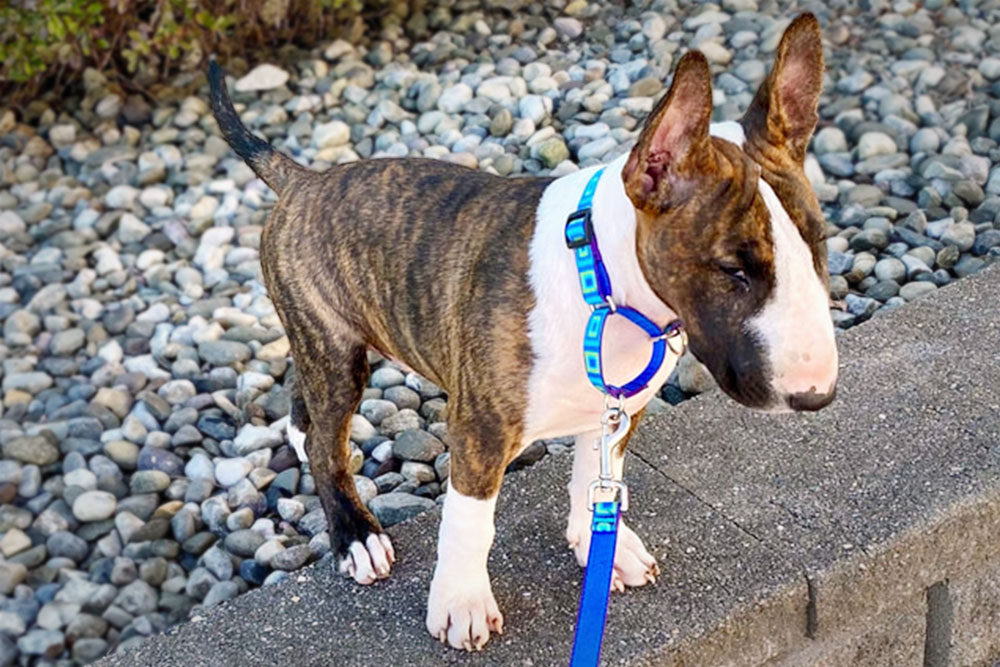

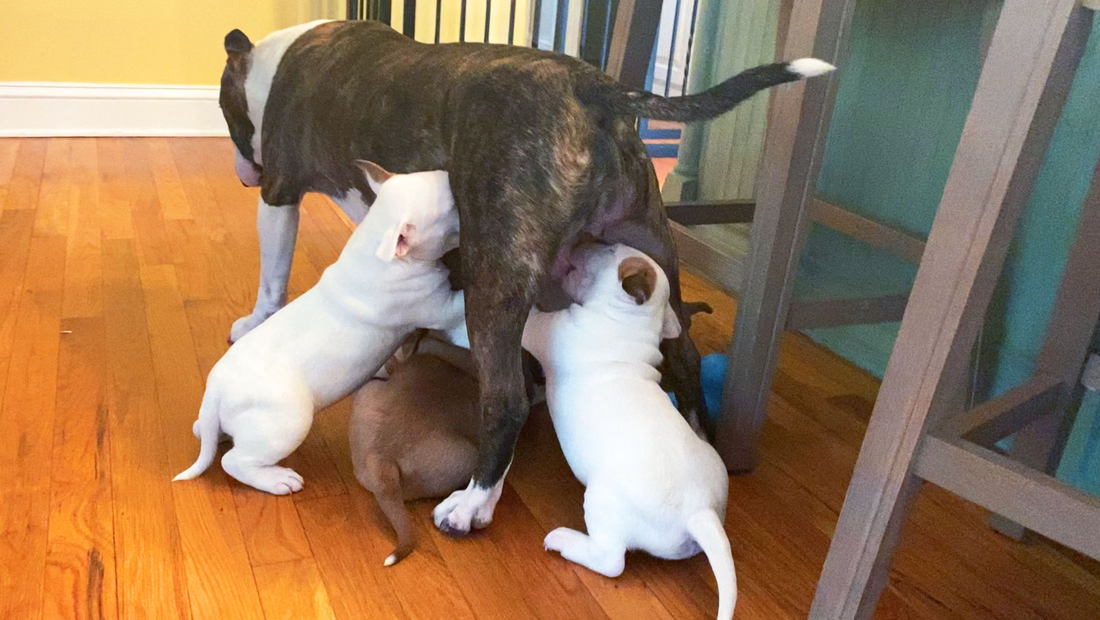
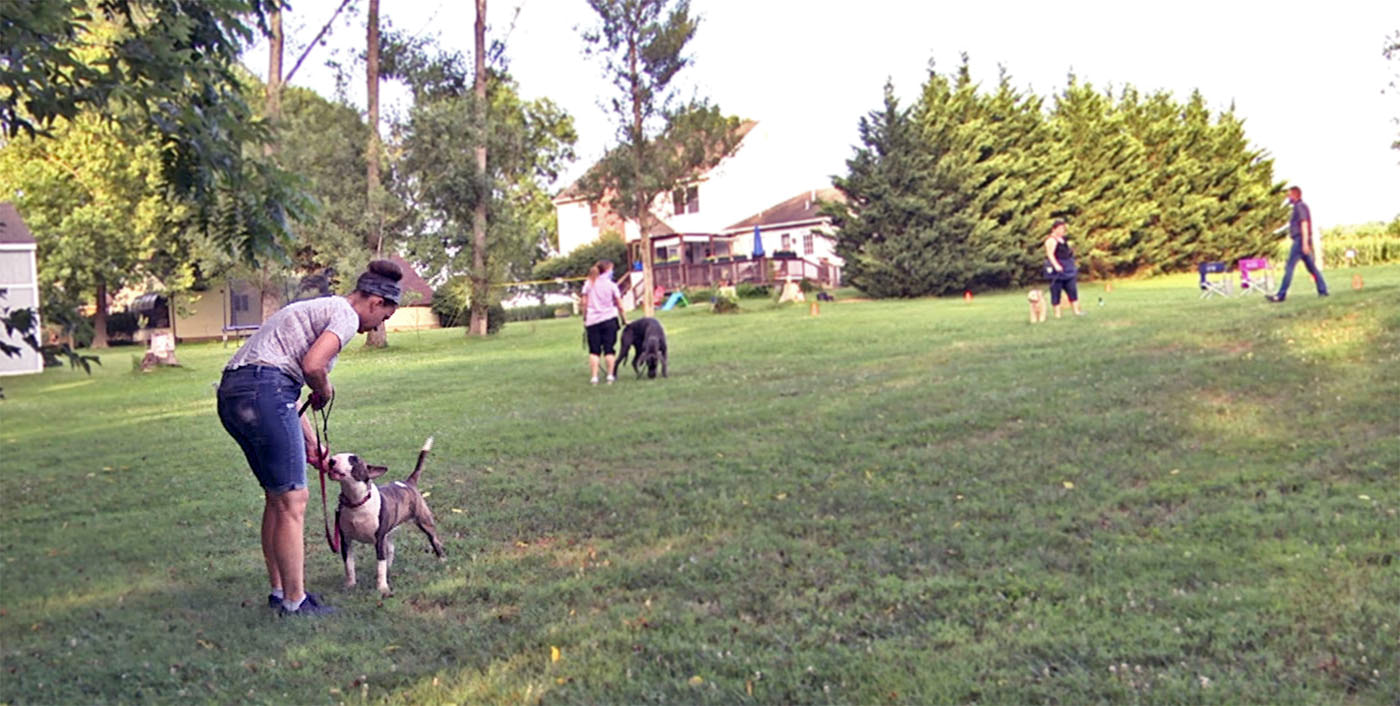
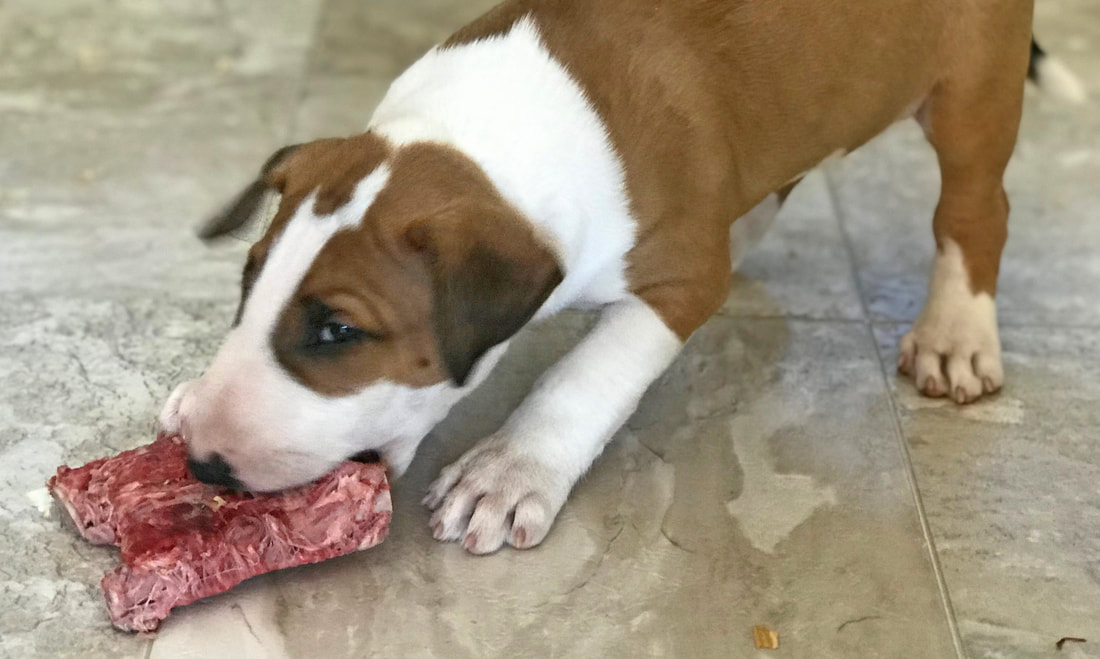
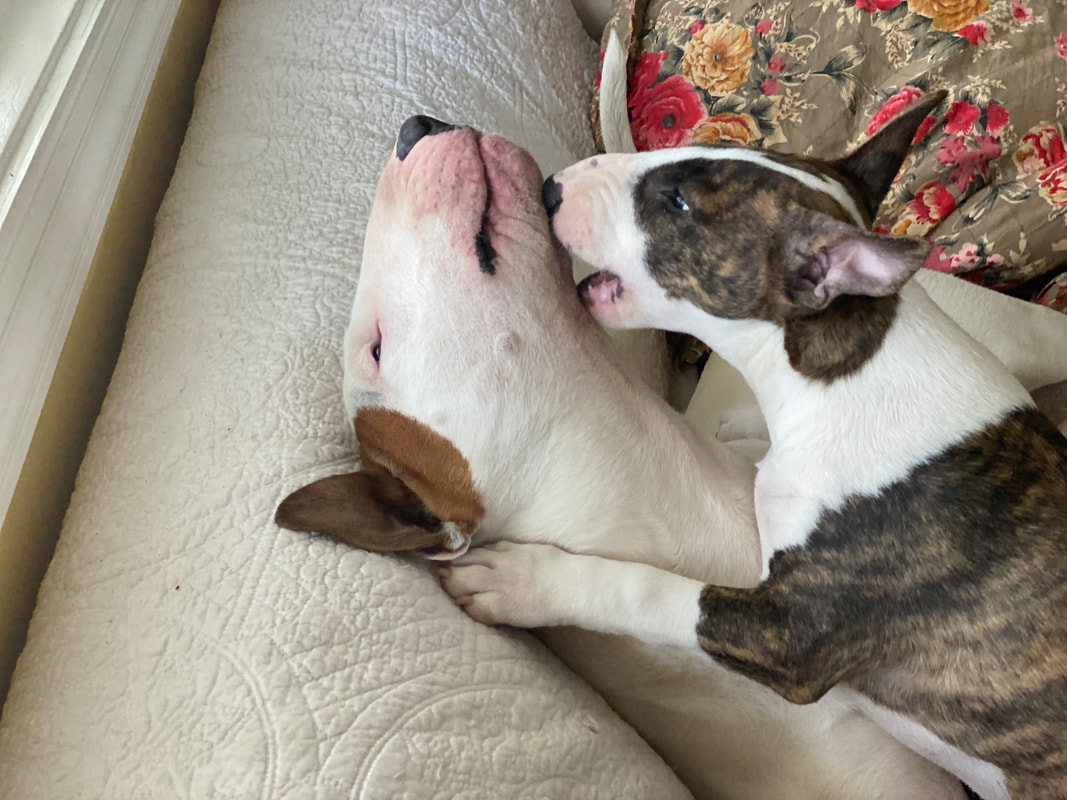
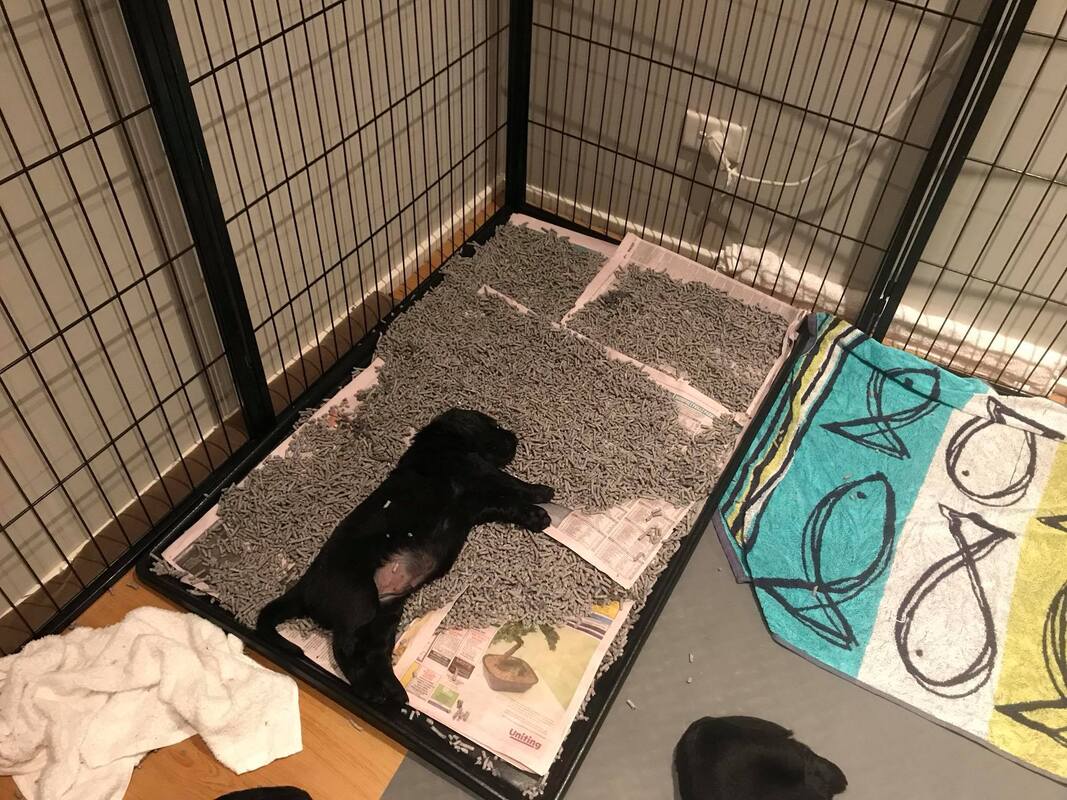
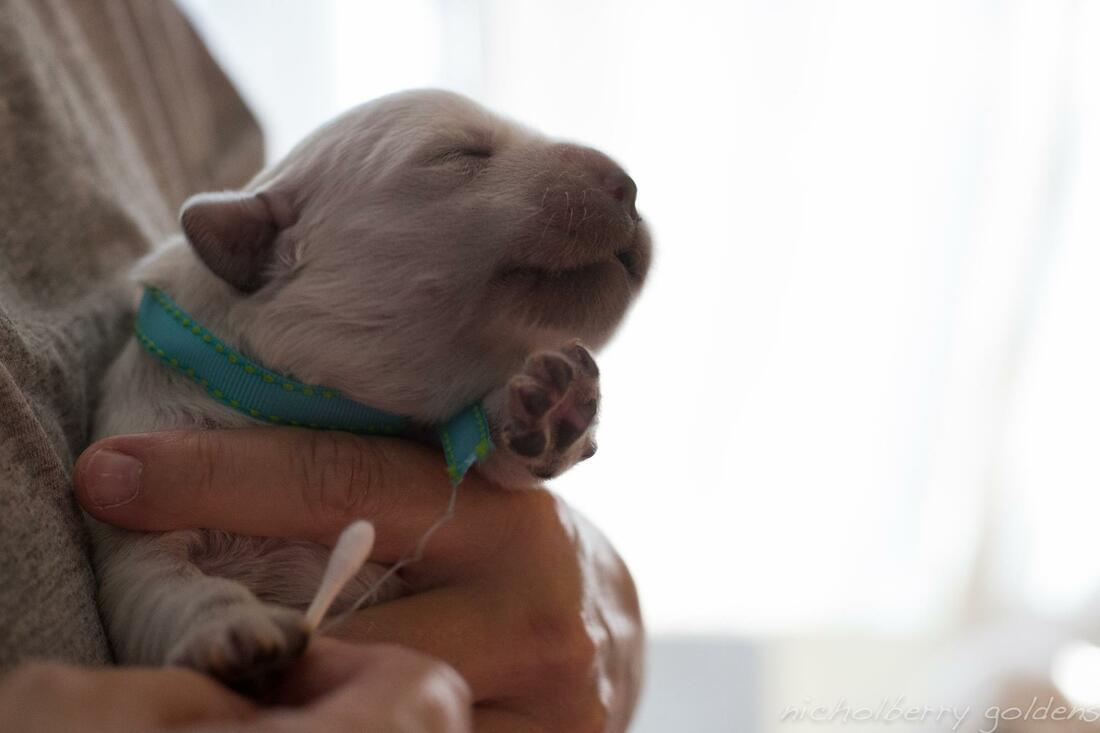
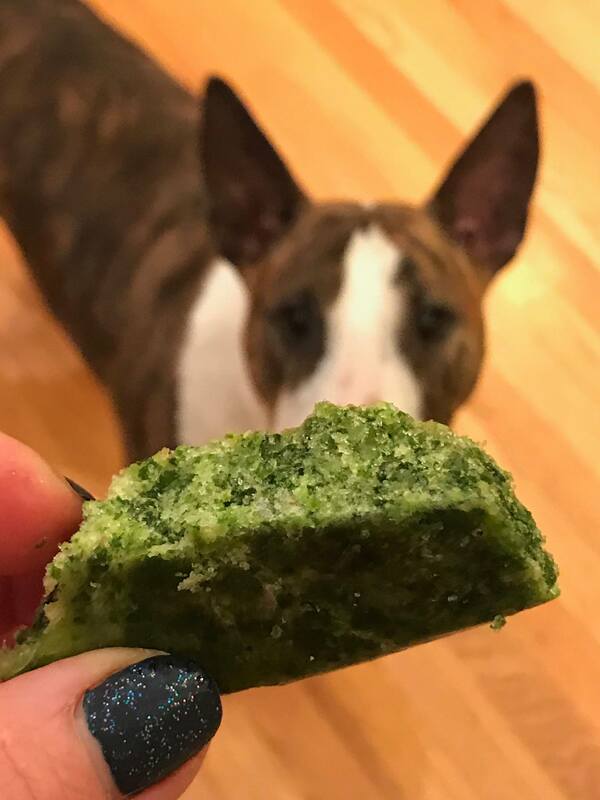
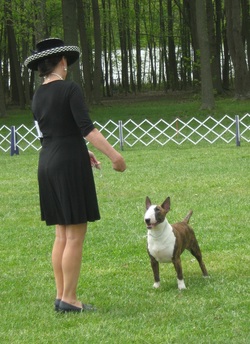

 RSS Feed
RSS Feed